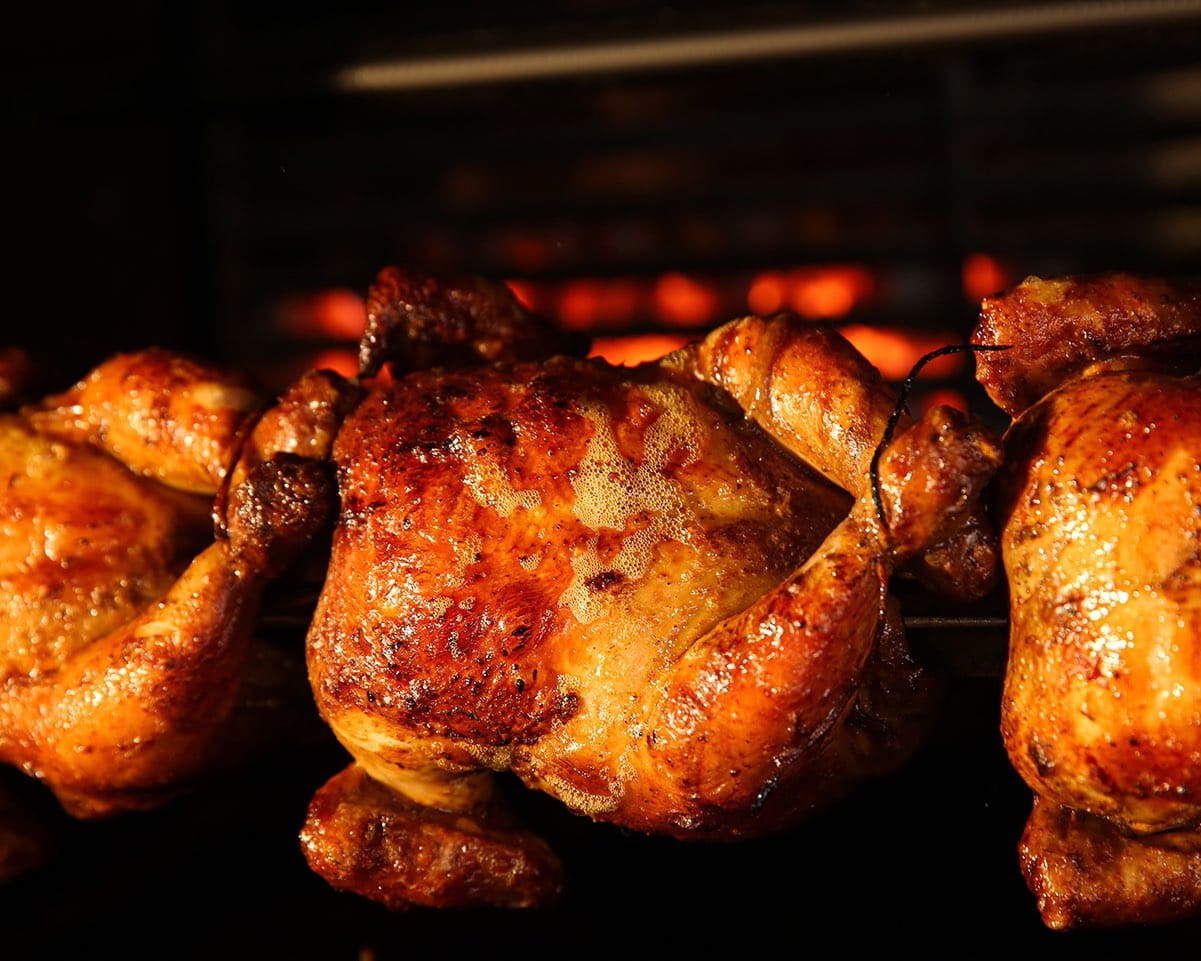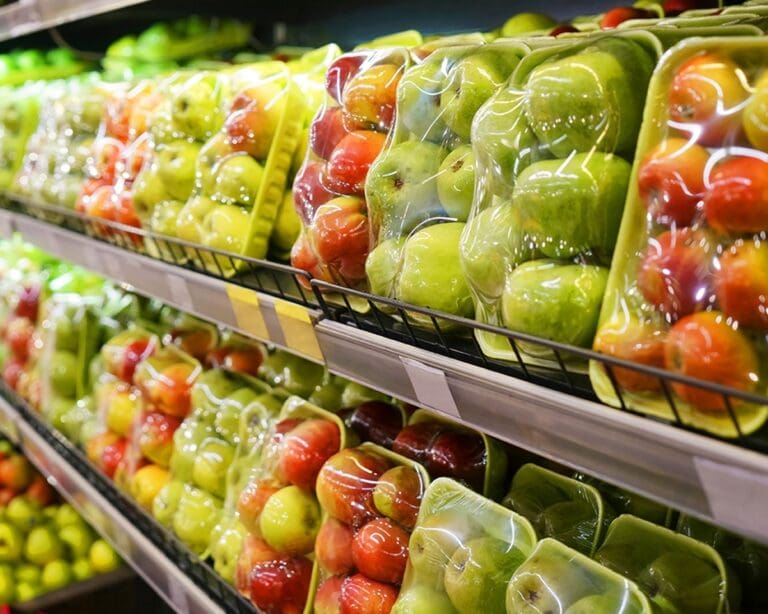Summer bodies: heat and chicken production
As hot weather bakes the eastern half of the country, processers start to see impacts on production. Lingering, above average temperatures have led several producers to comment on issues they are noticing with getting their flocks to harvest. Chronic heat stress can impact performance, leading to lower weights at the processing plant. Acute heat stress, which may occur during transportation to the plant, can lead to increased mortality prior to arrival and loss of water weight, which may impact meat quality. According to the most recent USDA slaughter report, this week there was an approximately 1.3% decrease in ready-to-cook chicken weight from last week, compared to the ten-year average decrease for this period of approximately 0.9%. There are other components that factor into ready-to-cook weight, but this week’s figures support the narrative we hear from producers. The chicken industry will be watching the thermometer and looking ahead to see if these temperatures and the consequential impacts on production will play a role on prices in the market.
Tottering turkey: disease in the turkey industry
The turkey industry has had to deal with an onslaught of disease over the past couple of years. Since the outbreak of HPAI started in 2022, there have been approximately 13.8 million commercial meat turkeys affected. Compared to last year, the number of commercial turkeys in the U.S. affected by HPAI has risen dramatically from this past January to today by approximately 221%. Additionally, at the end of January and beginning of February this year, subtypes A and B of avian metapneumovirus were identified in the U.S. Previously, only subtype C had been present in the States. By March, the outbreak had spread to Canada. It is unknown how many birds have been infected. What we do know it that the total head of turkeys harvested in the U.S. has declined by 5% year-to-date from last year. The average ready-to-cook weight of turkeys for the year-to-date is 94 million pounds, which equates to a 3-million-pound decrease in the average weight from January to the current date compared to the year before. We cannot claim disease as the only reason for these production losses, as other factors such as demand and hatch rates are at play, but it certainly plays a role.
A shifting egg market begins to steer toward seasonal norms
The contra-seasonal 68% surge in Expana’s Midwest Large quotation to $2.64 on a weekly average basis, which is a record high for this week, was largely due to HPAI-related production losses and attractive shelf pricing stimulating elevated consumer interest at the retail level. Following this, the market entered a brief period of steadiness before beginning to see slight declines over the previous few days. The recent heat wave has led to some reduced demand as some consumers turn towards colder breakfast options like fruits and cereals. This has resulted in the bulk of trade regardless of pack type having shifted to supportive levels at best with most transactions occurring south of our standard market relationships. Not every seller can move excess supply into the retail channel, resulting in discounted trade for plant-grade products. The recent heat wave has also started to impact production as birds commonly start to lay smaller sizes, though this hasn’t had a notable impact on the spot market just yet. That said, this is something the industry will keep a watchful eye on in next week’s USDA Shell Egg Inventory report as the effects had not begun to take place until after the most recent release.



